In the annals of global health crises, the COVID-19 pandemic stands as a unique and unprecedented challenge that has reshaped our world in ways unimaginable just a few years ago. Since its first reported case in December 2019, the novel coronavirus, later named SARS-CoV-2, has spread rapidly across borders, infecting millions and claiming countless lives. This article delves into the intricacies of the COVID-19 pandemic, its impact on society, the measures taken to contain its spread, and the lessons learned for future pandemics.
The Origin and Spread of COVID-19
The COVID-19 pandemic originated in Wuhan, China, where the first cases were identified in late 2019. The virus quickly gained international attention when it was declared a Public Health Emergency of International Concern (PHEIC) by the World Health Organization (WHO) on January 30, 2020. Its rapid transmission capabilities, facilitated by global travel and trade networks, led to an exponential increase in cases worldwide. By March 2020, the virus had spread to over 150 countries, prompting a global response unlike any seen before.
Understanding SARS-CoV-2 and COVID-19
SARS-CoV-2, the virus that causes COVID-19, belongs to the family of viruses known as coronaviruses. These are a large group of viruses that can infect both animals and humans, with some strains causing mild illnesses while others, like SARS (Severe Acute Respiratory Syndrome) and MERS (Middle East Respiratory Syndrome), leading to more severe diseases. COVID-19 is characterized by a range of symptoms, from mild to severe respiratory illness, including fever, cough, fatigue, and in some cases, pneumonia and acute respiratory distress. The elderly and those with pre-existing health conditions are more vulnerable to severe outcomes.
The Global Health and Economic Impact
The pandemic's impact has been far-reaching, affecting every aspect of society. Health systems worldwide were overwhelmed as they grappled with a sudden surge in cases, leading to shortages of medical supplies, including personal protective equipment (PPE) for healthcare workers and ventilators for critically ill patients. The virus's transmission dynamics necessitated the implementation of social distancing measures and lockdowns, which in turn triggered economic downturns and job losses on a massive scale. Small businesses and informal sectors were particularly hard hit, leading to a global recession unlike any seen since the Great Depression.
Vaccine Development and Distribution
In the race against time, scientists around the world sprang into action, racing to develop vaccines against SARS-CoV-2. The unprecedented collaboration between research institutions, pharmaceutical companies, and governments accelerated the process, with several vaccines achieving regulatory approvals within record timeframes. Vaccine distribution, however, presented its own challenges, including logistical hurdles, hesitancy among populations, and inequitable access across nations. The World Health Organization's COVAX facility aimed to ensure equitable access to vaccines for all countries but faced delays and distribution challenges.
Public Health Measures and Behavioral Changes
To mitigate the spread of COVID-19, governments implemented a range of public health measures: from mandatory mask-wearing in public spaces to social distancing guidelines, travel restrictions, and lockdowns. These measures significantly disrupted daily life but were crucial in flattening the curve and preventing healthcare systems from collapsing. The pandemic also prompted widespread adoption of digital technologies for remote work, online education, and e-commerce, accelerating the digital transformation of societies worldwide.
Behavioral changes among individuals were also crucial. Hand hygiene, regular sanitization, and avoiding large gatherings became part of daily routines. The importance of personal responsibility in preventing the spread was underscored as misinformation and disinformation about the virus circulated widely on social media platforms.
The Role of Science and Technology in the Response
Science and technology played a pivotal role in our response to the pandemic. From rapid genome sequencing to identify the virus's genetic makeup, to the development of diagnostic tests for early detection and tracking of infections, science informed our understanding of the virus and guided our response strategies. Digital tools like contact tracing apps helped authorities monitor and contain outbreaks efficiently. Telemedicine platforms facilitated remote consultations, reducing the risk of infection transmission in healthcare settings.
However, the pandemic also exposed vulnerabilities in our digital infrastructure, highlighting the need for secure data protection and privacy. The race for a vaccine underscored the importance of investing in research and development capabilities globally and emphasized the need for collaboration across borders.
Lessons Learned for Future Pandemics
As we navigate through this unprecedented time, several lessons have emerged that can inform our preparedness for future pandemics:
1、Invest in Public Health Infrastructure: Strengthening healthcare systems globally is crucial to ensure they can withstand future shocks. This includes investing in medical research, improving access to quality healthcare services, and enhancing emergency response capabilities.
2、Promote Global Health Security: Collaboration between countries is vital for sharing information on emerging threats, coordinating responses, and ensuring equitable access to vaccines and treatments. The International Health Regulations (IHR) must be strengthened to prevent future pandemics from becoming global crises.
3、Embrace Digital Solutions Responsibly: While technology has been a game-changer in our response efforts, it also raises ethical concerns around data privacy and misinformation. Balancing the benefits of digital tools with responsible use is crucial for future preparedness.
4、Invest in Research and Innovation: Continued investment in medical research and innovation is essential to ensure we have the tools necessary to combat future pandemics effectively. This includes funding for vaccine development, antiviral research, and improving diagnostic capabilities.
5、Foster Community Engagement and Education: Engaging communities early on in pandemic preparedness efforts can help build trust and foster a culture of prevention. Education on health literacy and hygiene practices is vital for mitigating the spread of infectious diseases.
6、Address Inequalities: The pandemic has highlighted existing social and economic inequalities that exacerbate health outcomes. Addressing these inequalities through policies that promote equity is crucial for building resilient societies that can withstand future crises.
Conclusion
The COVID-19 pandemic has been a defining moment in modern history, forcing us to reevaluate our approaches to public health, economics
转载请注明来自爬爬百科,本文标题:《COVID-19疫情全面概述,导航与应对策略》




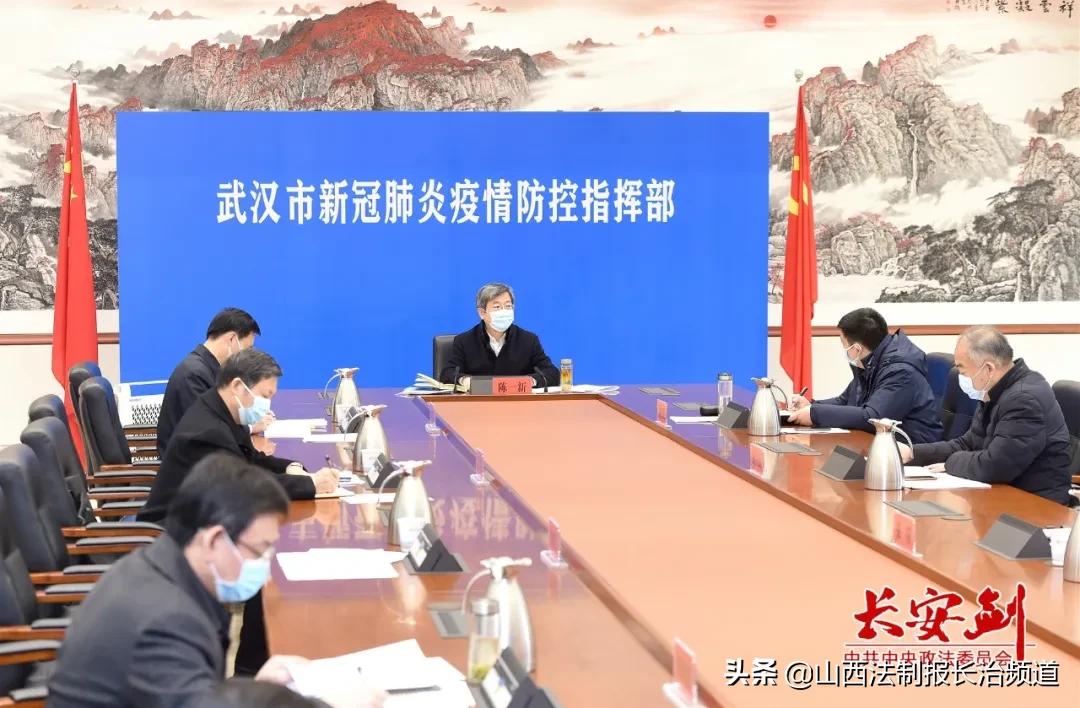


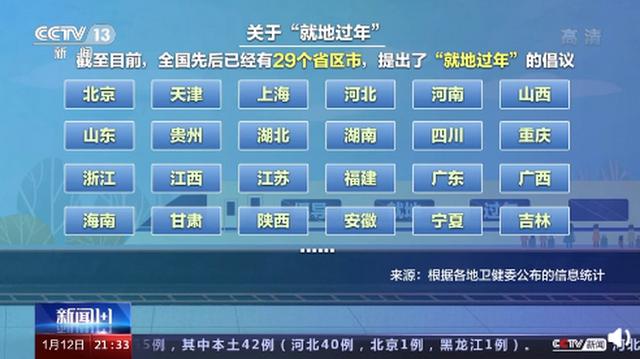
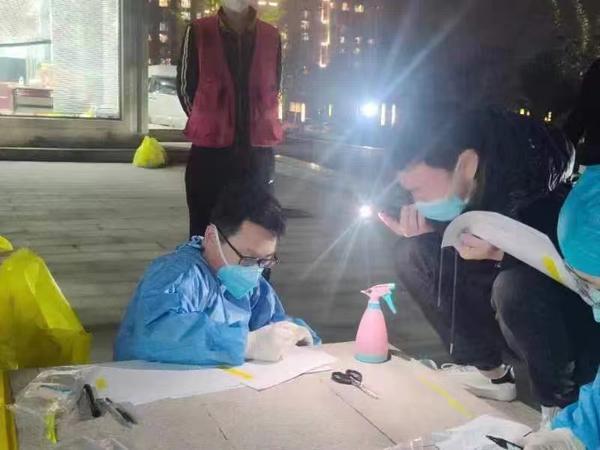
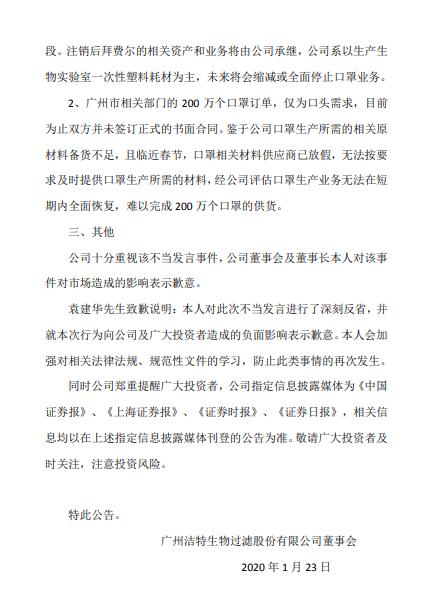

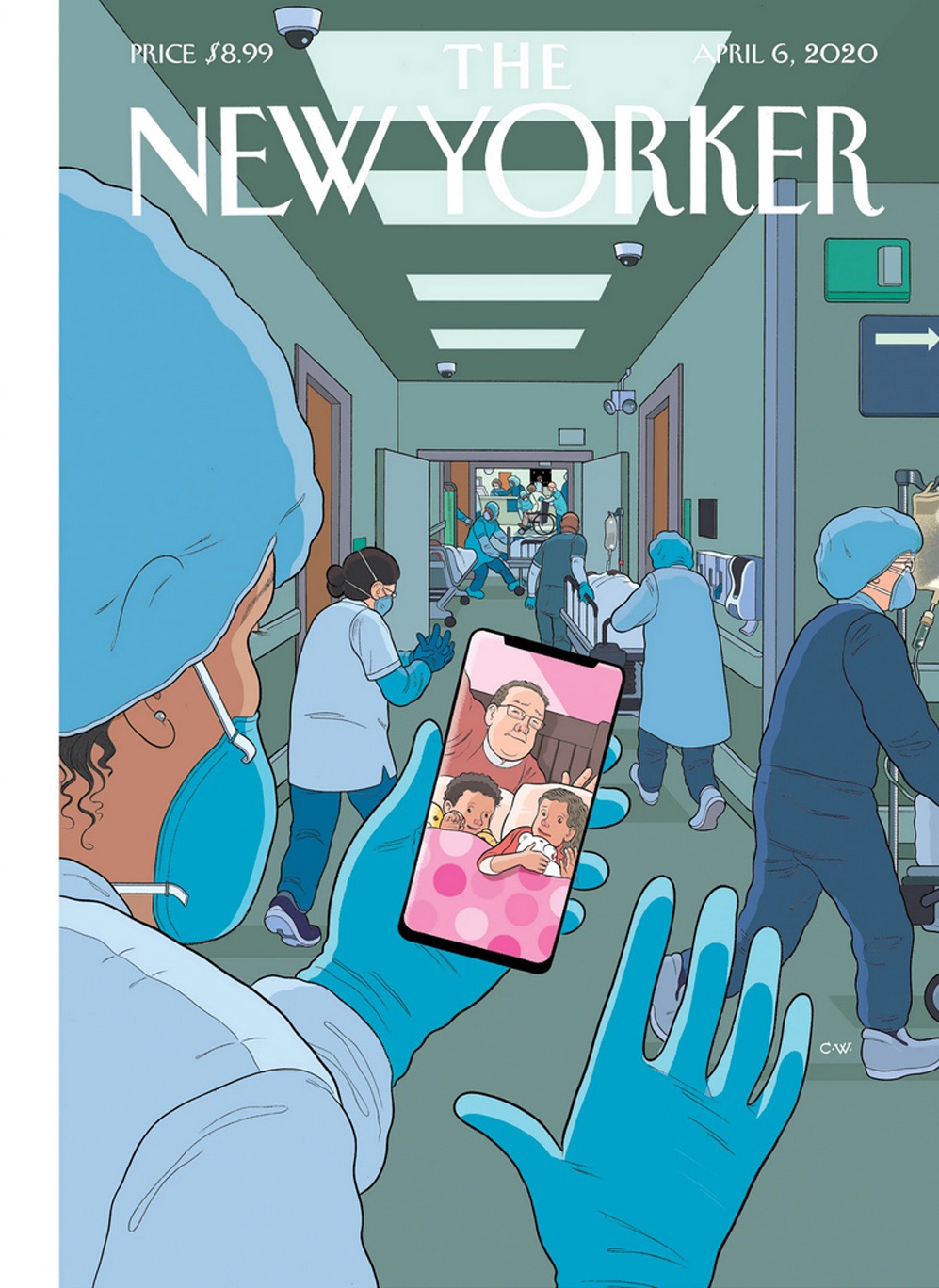
 京ICP备11000001号
京ICP备11000001号
还没有评论,来说两句吧...